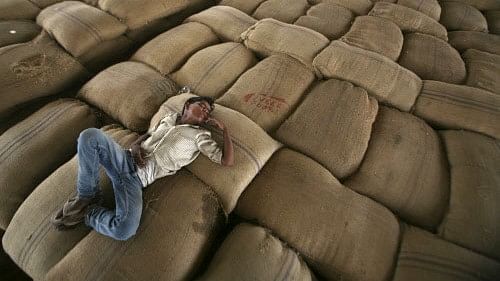
Even as the World Trade Organisation's trade deal remained stalled due to India's objections, an Indian envoy at the UN stood firm on them, declaring a 'permanent solution on food security with necessary changes in World Trade Organisation (WTO) rules, if required, is a must and cannot be kicked down the road'.
Credit: Reuters File Photo
Rome: The United Nations world food price index held steady in June data showed on Friday, with increases in vegetable oil, sugar and dairy products offset by a fall in the price of cereals.
The UN Food and Agriculture Organization's price index, which tracks the most globally traded food commodities, averaged 120.6 points in June, unchanged from May. The May figure was revised from an initial reading of 120.4.
The FAO index hit a three-year low in February as food prices receded from a record peak set in March 2022 following Russia's invasion of Ukraine.
The June reading was 2.5% down from a year earlier and 24.8% below its 2022 high.
Cereal prices fell 3.0% month on month amid slightly improved production prospects in some major exporting countries, including Kazakhstan and Ukraine, the FAO said.
Maize export prices also dropped, with production in Argentina and Brazil expected to be larger than earlier thought.
Dairy prices rose 1.2% in June from May, while the sugar index rose 1.9%, lifted in part by lower-than-expected harvest results in May in Brazil, the FAO said.
Vegetable oil prices jumped 3.1%, buoyed by higher quotations for palm, soy and sunflower oils, while rapeseed oil prices remained virtually unchanged.
Meat prices were also stable, with a fall in international poultry prices but slight increases in the prices of ovine, pig and bovine meats.
In a separate report, the FAO raised its forecast for global cereal production in 2024 by 7.9 million metric tons (+0.3%), putting it at 2.854 billion tons, up fractionally from 2023 levels and marking a new all-time high forecast.
The increase reflected improved prospects for coarse grains, which were bolstered by higher expectations for maize harvests in Argentina and Brazil.
The forecast for world cereal utilisation in the 2024/25 period stood at 2.856 billion tons, up 0.5% on 2023/24, while the FAO's forecast for world cereal stocks by the close of seasons in 2025 stood at 894 million tons.